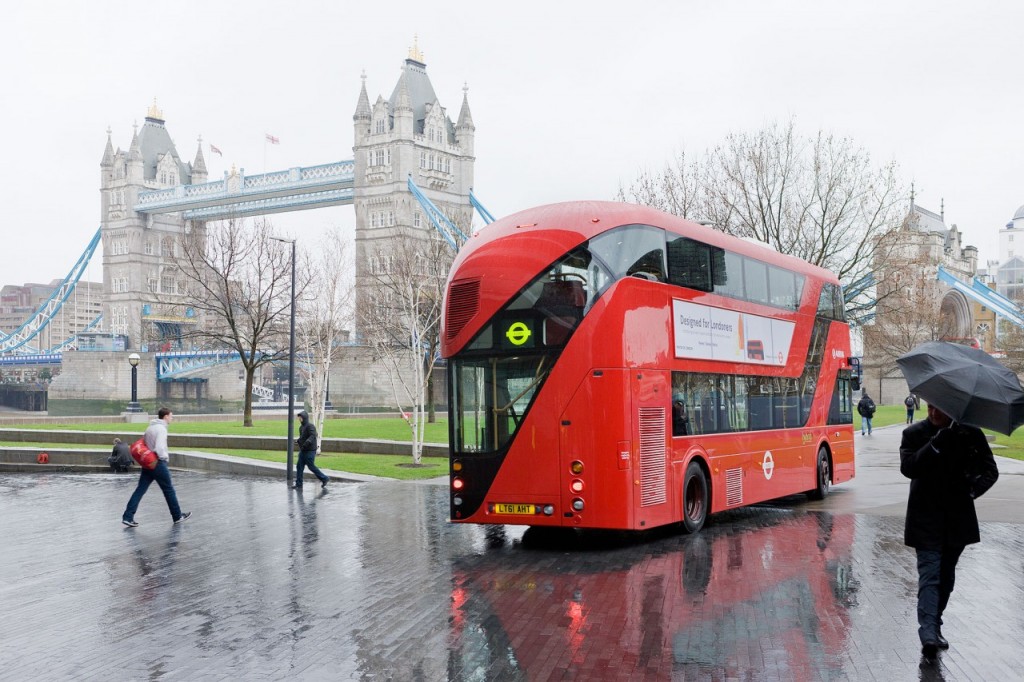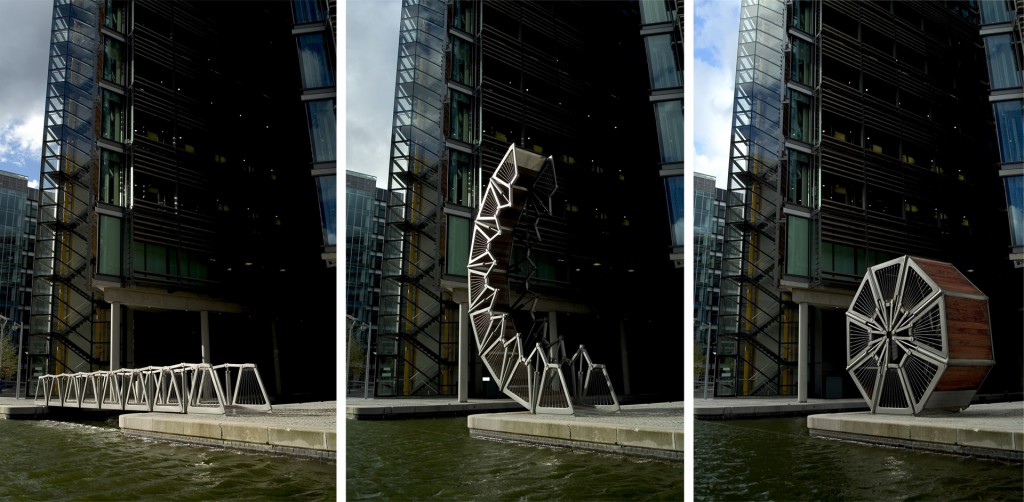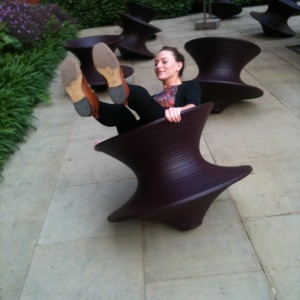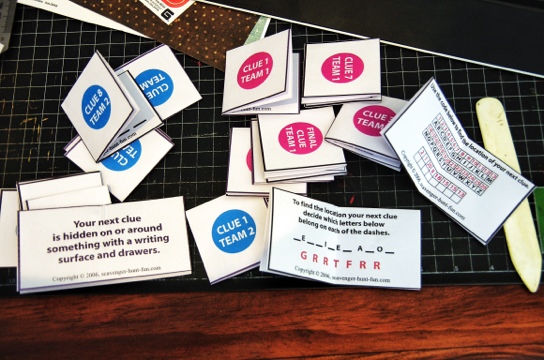What does innovation in e-learning really mean anymore? Is it merely a buzzword, just like all restaurant cuisine is ‘authentic and made from fresh produce’ all e-learning is ‘engaging, interactive and innovative’?

A few weeks ago I went to the opening of the Heatherwick Studio design and architecture exhibition at the Victoria and Albert Museum. The exhibits pay tribute to Thomas Heatherwick’s ‘extraordinary form-making’ and include the surprisingly elegant Rolling Bridge, which draws back in a caterpillar motion to provide access. You can also find out how the team designed the new London buses, reintroducing the much-loved ‘hop-on hop-off’ service harking back to the 1950s.

My most memorable piece was one that you could try for yourself: Spun, designed in response to the intriguing brief ‘Could a completely rotationally symmetrical form make a comfortable chair?’ and you can see me here having a go (after a few gin cocktails).

The chair’s seat, back and arms are all the same profile and it looks a bit like a bobbin. It’s not hydraulic, space travel ready and made from titanium so light it’s used in the production of the queen’s cakes. It is, however, lovely looking, comfortable to sit in and very fun to spin around on – it works, meets its brief and surprises the user… it’s innovative.
So what can we take away from this? There’s a message here about the ways in which we strive to deliver innovative e-learning. Yes, augmented reality apps open up exciting new avenues but what can we do to make smaller budget projects and those with technical constraints innovative? I don’t think that innovative e-learning should be reliant on expensive new technologies – we can achieve innovation in e-learning by being creative in our approach to instructional design.
For example, where we don’t need to formally assess learners, why not scrap the ‘learning objectives’ screen and instead issue the learner with a ‘mission brief’, unlock all the units and allow the learner to explore the e-learning course, collecting clues and solving problems? This instructional design concept, married with a film noir inspired look and feel creates a compelling and immersive learning experience suitable for topics such as bribery and corruption and business ethics.

I’m not recommending we regress back to basics and restrict our e-learning to static screens and images of corporate norms in dodgy suits. All I’m saying is that learning technologies aren’t always the only or best way to innovate and reinvigorate our e-learning.
Try to think about fresh and creative ways in which you can meet your brief. Sometimes it’s just about doing something different with the wheel, rather than reinventing it.
The Heatherwick Studio exhibition is on at the Victoria and Albert Museum until 30 September, go here for more information.





